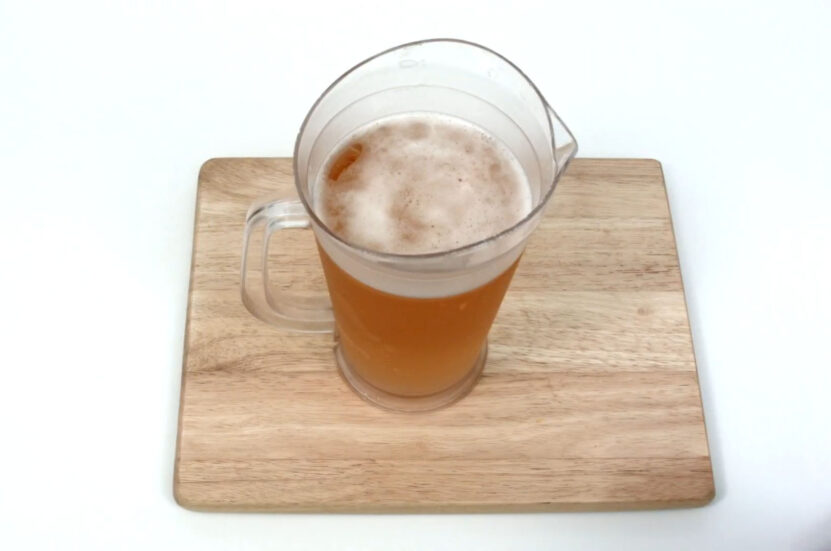Welcome to the captivating world of pitchers and pints! As a passionate brewer, I’ll be your guide on this enlightening journey to answer the burning question: How many beers are in a pitcher?
Beer has a rich history of bringing people together and offering delightful flavors. While it’s important to remember that responsible consumption and legal drinking age restrictions must be upheld, we can’t deny the camaraderie that beer, served in pitchers, brings to gatherings of legal-age beer enthusiasts.
Now, let’s explore the mechanics behind pitchers. We’ll unravel the factors that influence the number of beers a pitcher can hold, including its size, the glassware used for pouring, and the impact of different beer styles.
Whether you’re a seasoned beer lover or a curious novice, get ready to discover the secrets of the beloved pitcher. Remember, kids drink beer, but real beer enthusiasts go for pitchers.
What is a Pitcher?
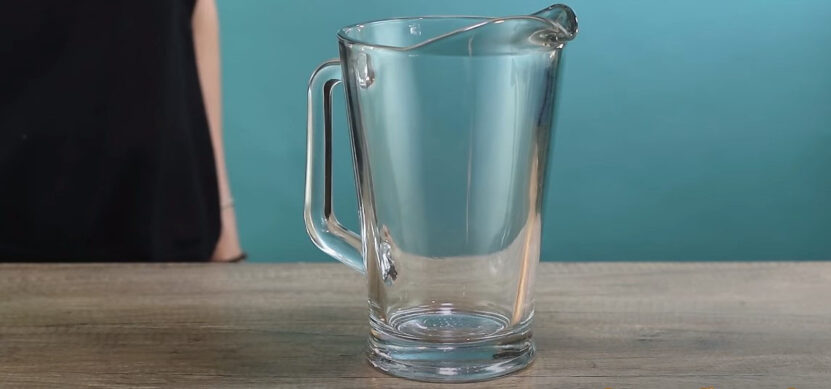
A pitcher is a common term used in the beverage industry to describe a large container typically used for serving beer. It is larger than a standard pint glass or mug, and its size can vary depending on the establishment and region.
Pitchers are commonly found in bars, pubs, and restaurants, and they offer a convenient way to serve beer to a group of people.
Different Sizes
Standard Pitcher
In most establishments, a standard pitcher typically holds 60 ounces (1.77 liters) of beer. This size is commonly used in North America and can be divided into four to six servings, depending on the size of the glassware used for pouring.
Jumbo Pitcher
Some establishments offer a larger version of the standard pitcher known as the jumbo pitcher. This size can hold up to 96 ounces (2.84 liters) of beer, making it ideal for larger groups or parties.
Regional Variations
It’s important to note that the size of a pitcher can vary depending on the region. In some countries, such as the United Kingdom, a pitcher may refer to a different container size altogether. When traveling or visiting different establishments, it’s always a good idea to ask the staff about the specific size of their pitchers.
Factors Affecting Beer Volume in a Pitcher
The number of beers you can expect to find in a pitcher can be influenced by several factors. One of the most significant factors is the size of the glassware used for pouring. Here’s how it can affect the beer-to-pitcher ratio:
Glassware Sizes
Pint Glasses
If a bar or pub uses standard 16-ounce (473 ml) pint glasses for pouring beer from the pitcher, you can expect to get approximately three and a half to four pints per pitcher. Keep in mind that this estimation may vary depending on the pouring technique and the skill of the bartender.
Schooner Glasses
Some establishments may use schooner glasses, which are slightly larger than pint glasses, typically holding around 21 ounces (621 ml) of beer. In this case, you can expect to get approximately three pints per pitcher.
Other Glassware
It’s worth noting that establishments may use different glassware sizes, such as steins or mugs, which can affect the number of beers in a pitcher. When in doubt, don’t hesitate to ask the staff about the glassware they use and how it may impact the serving size.
Pouring Techniques and Skill
Head Space
When pouring beer into a pitcher, bartenders typically leave some space at the top to accommodate the foam or “head”. The amount of head space can vary depending on the establishment and the preferences of the patrons. A larger headspace can result in slightly fewer beers per pitcher.
Efficient Pouring
The skill of the bartender also plays a role in determining the number of beers in a pitcher. Experienced bartenders can pour the liquid more efficiently, minimizing waste and ensuring consistent servings. This factor is particularly important when dealing with larger pitchers, such as jumbo pitchers, where precision becomes crucial.
Styles and Their Impact on the Number of Beers
Different beer styles have varying volumes due to differences in their density, carbonation levels, and ingredients. This can affect the number of beers you can expect in a pitcher depending on the style of beer being served:
Lighter Styles
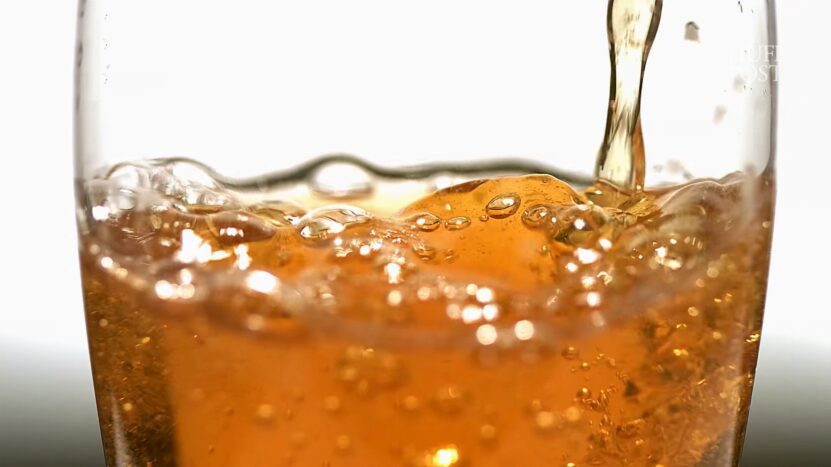
Lagers
Light lager beers, such as American lagers or pilsners, are known for their crispness and refreshing qualities. They often have a lower alcohol content and are typically less carbonated. Due to their lighter density, you can generally expect to get more servings per pitcher compared to heavier beer styles.
Session IPAs
Session IPAs are another popular choice for those seeking a lighter beer. They are characterized by their hoppy flavor and lower alcohol content compared to traditional IPAs. Similar to light lagers, session IPAs tend to have a lighter density, resulting in more beers per pitcher.
Wheat Beers
Wheat beers, including hefeweizens and witbiers, are often enjoyed for their smooth and refreshing qualities. They have a cloudy appearance and tend to be less carbonated than some other styles. Due to their lighter density, you can typically expect a higher number of servings per pitcher.
Heavy and Stronger Styles
IPAs and Pale Ales
India Pale Ales (IPAs) and Pale Ales are popular among craft beer enthusiasts due to their hop-forward flavors. These styles often have a higher alcohol content and can be more carbonated than lighter beer styles. Consequently, the density of IPAs and Pale Ales is generally higher, resulting in fewer servings per pitcher.
Stouts and Porters
Stouts and porters are known for their robust flavors, dark appearance, and higher alcohol content. They tend to be denser and less carbonated, leading to fewer beers per pitcher compared to lighter styles.
Strong Ales
Strong ales, such as barleywines or Belgian strong ales, are characterized by their higher alcohol content and complex flavors. They often have a heavier density, resulting in fewer servings per pitcher.
The Advantages of Serving in Pitchers
Serving beer in pitchers offers a range of advantages, making it a popular choice for enjoying a drink with a group of friends or colleagues. Let’s explore the benefits and considerations associated with serving beer in pitchers:
Convenience and Social Connection
- Pitchers make beer serving easy, avoiding constant refills and interruptions for a group. They’re also perfect for making and enjoying beer cocktails. Blend different styles with fruits, spirits, and syrups to create delicious drinks for all preferences.
Factors Affecting the Number of Beers in a Pitcher
When estimating the number of beers in a pitcher, it’s important to consider several factors that can influence the serving size. These factors include:
Size of Glassware
The size of the glassware used for pouring beer from the pitcher plays a significant role. Pint glasses, which are commonly used, can hold approximately three and a half to four pints per standard pitcher.
Pouring Techniques and Skill
The amount of headspace left in the pitcher and the pouring skill of the bartender can affect the number of beers in a pitcher. A larger headspace or less efficient pouring may result in slightly fewer beers per pitcher.
Beer Style and Density
The style of beer being served also impacts the number of beers in a pitcher. Lighter styles, such as lagers, session IPAs, and wheat beers, generally yield more servings per pitcher due to their lighter density. Conversely, heavier and stronger styles like IPAs, stouts, porters, and strong ales have a higher density, resulting in fewer beers per pitcher.
Additional Factors
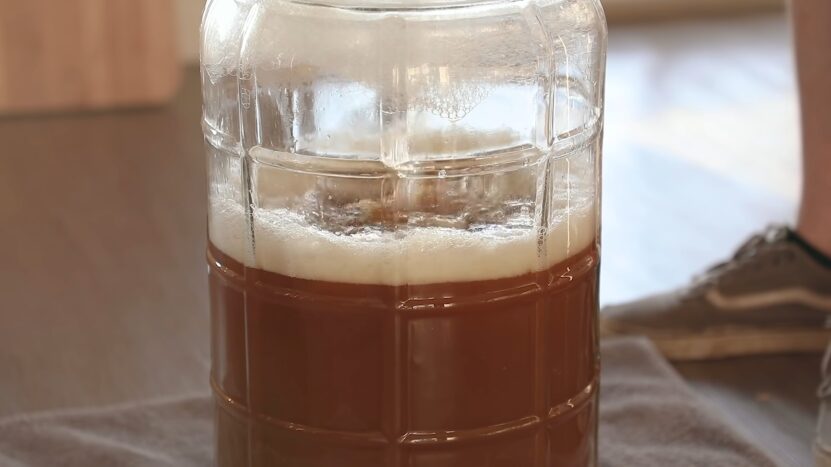
Apart from glassware size, pouring technique, and beer style, there are other factors that can affect the number of beers in a pitcher. These include:
Carbonation Levels
Beers with higher carbonation levels may produce more foam, occupying additional space in the pitcher and potentially reducing the number of beers.
Temperature
The temperature of the beer can impact its carbonation levels and pouring process. Cold beer generally has more carbonation, affecting the amount of liquid that can fit in a pitcher. Warmer beer, on the other hand, may have less carbonation, potentially resulting in a slightly higher beer quantity in the pitcher.
Brewery Practices
Different breweries may follow specific practices regarding carbonation levels, headspace (empty space in the container), and pouring techniques. These brewery-specific factors can influence the number of beers in a pitcher, especially if the establishment serves beers from multiple breweries.
Regional Variations and Establishment Specifics
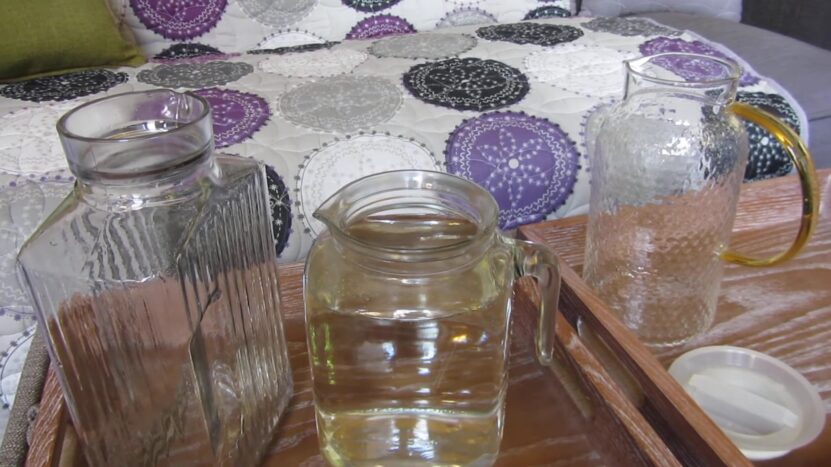
It’s worth noting that regional variations may exist in terms of pitcher sizes. In some countries, the definition and size of a pitcher can differ. Therefore, it’s advisable to check with the establishment to understand their specific serving size.
Additionally, each establishment may have its own practices and glassware choices, which can further impact the number of beers in a pitcher. When in doubt, don’t hesitate to ask the staff about their specific serving sizes and pouring techniques.
Considerations and Variations
While we can provide estimates on the number of beers in a pitcher, it’s important to remember that these figures are approximations. Variations may occur depending on the establishment, the specific glassware used, and the pouring technique employed.
As a beer enthusiast, embracing the diversity and uniqueness of each pouring experience adds to the excitement and enjoyment of sharing a pitcher with friends. Appreciate the craftsmanship behind the beer, the artistry of the bartender, and the delightful moments that come with savoring a well-poured pint from a pitcher.
FAQ
Does the beer type affect the number of beers in a pitcher?
The number of beers in a pitcher can vary depending on the type of beer being served. Lighter beer styles like lagers, session IPAs, and wheat beers generally have a lighter density and can yield more servings per pitcher.
On the other hand, heavier and stronger beer styles like IPAs, stouts, porters, and strong ales tend to have a higher density, resulting in fewer beers per pitcher. It’s important to consider the specific characteristics of the style when estimating the number of servings in a pitcher.
Can I customize the number of beers in a pitcher according to my preference?
While establishments typically have standard sizes for pitchers, some may be open to customizing the number of beers in a pitcher upon request. If you have a specific preference or need, it’s worth asking the staff if they can accommodate your request.
However, it’s important to respect the establishment’s policies and guidelines regarding serving sizes and responsible consumption.
Can I use pitchers to serve other beverages besides beer?
Absolutely! While pitchers are commonly associated with serving beer, they can also be used to serve a variety of other beverages. From refreshing homemade lemonade to fruity sangrias or even non-alcoholic mocktails, pitchers provide a convenient and stylish way to serve drinks at parties, gatherings, or any occasion where a larger quantity is required.
How should I properly clean and maintain pitchers?
Proper Pitcher Cleaning and Maintenance:
- Rinse immediately with warm water to remove residue and prevent drying.
- Use a mild detergent and a soft brush or sponge to wash away stains and residue. Avoid abrasive materials.
- Thoroughly rinse to eliminate any soap residue and unwanted flavors or smells.
- Air dry upside down on a clean surface to prevent moisture buildup and contamination.
- Store in a clean, dry area to prevent dust and contaminants.
Final Words
In the captivating world of pitchers and pints, we’ve uncovered the factors that determine how many beers fit in a pitcher. From glassware size to pouring techniques and beer styles, each element contributes to the beer-serving experience.
While responsible consumption and legal drinking age restrictions must be upheld, the camaraderie that beer, served in pitchers, brings to legal-age enthusiasts is undeniable. Pitchers offer the convenience of sharing a drink with friends or family, fostering a sense of togetherness.
Whether you prefer lighter styles like lagers or session IPAs, or the robust flavors of stouts and IPAs, the pitcher is a vessel of connection and enjoyment.

